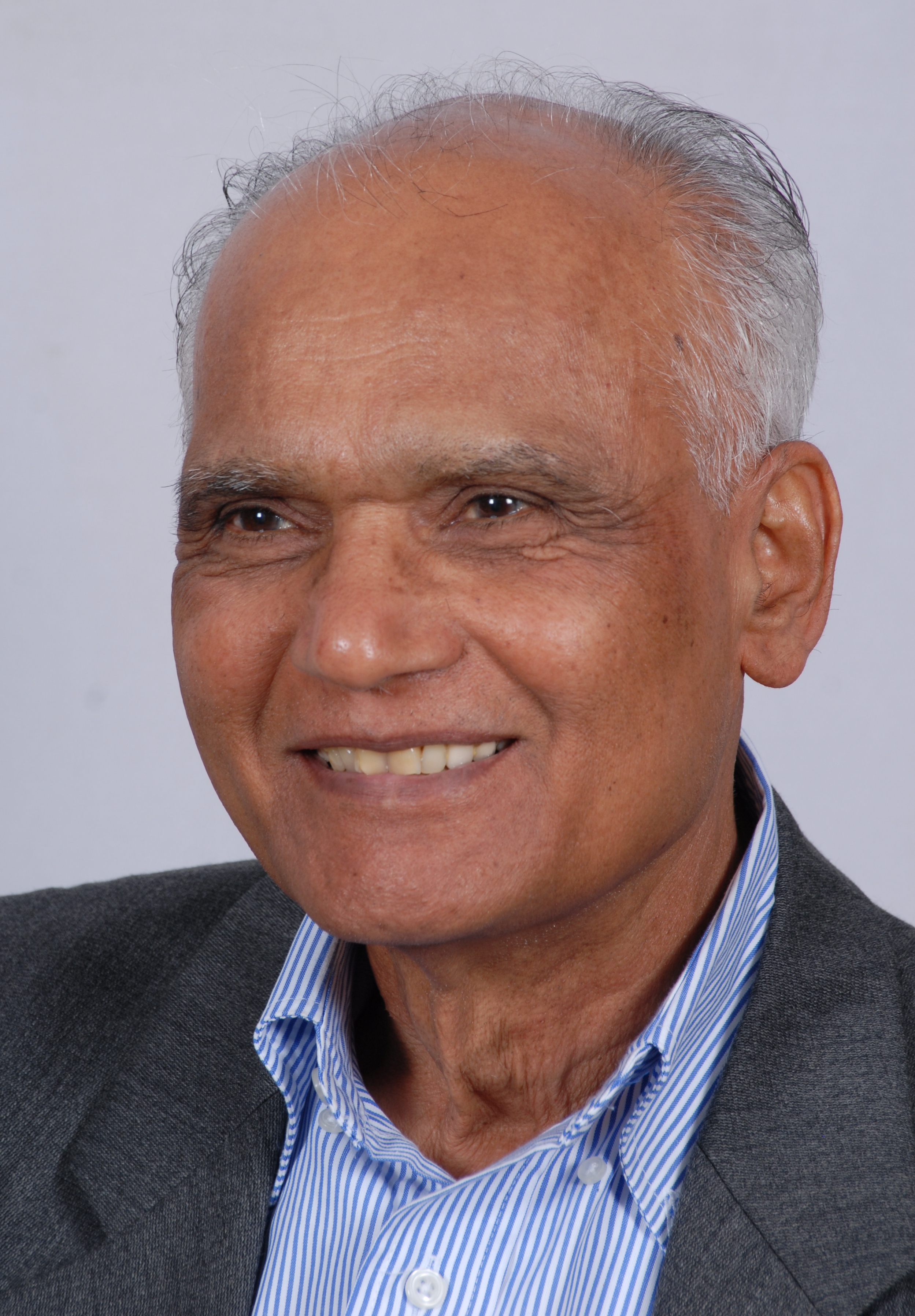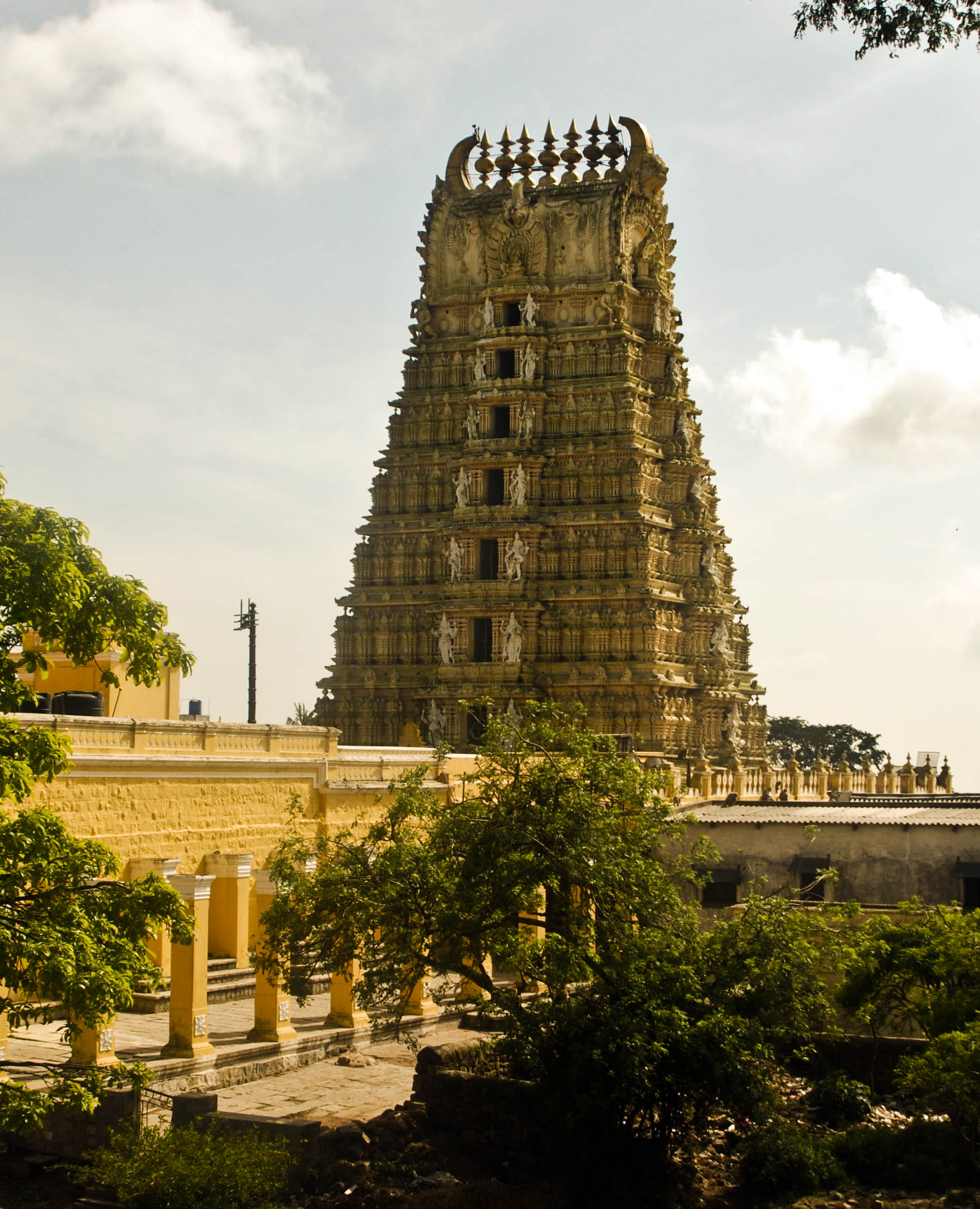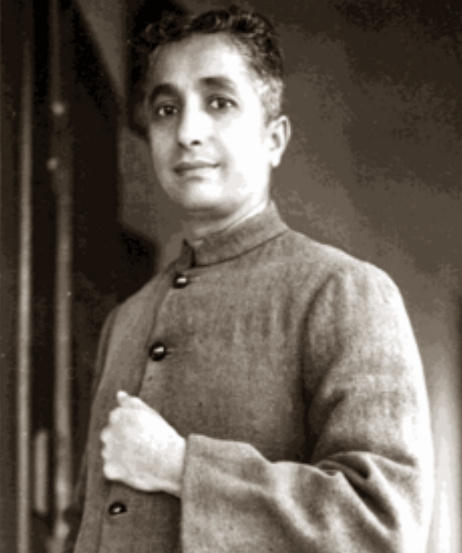|
Kuvempu
Kuppalli Venkatappa Puttappa (29 December 1904 – 11 November 1994), popularly known by his pen name Kuvempu, was an Indian poet, playwright, novelist and critic. He is widely regarded as the greatest Kannada poet of the 20th century. He was the first Kannada writer to receive the Jnanpith Award. Kuvempu studied at Mysuru University in the 1920s, taught there for nearly three decades and served as its vice-chancellor from 1956 to 1960. He initiated education in Kannada as the language medium. For his contributions to Kannada literature, the Government of Karnataka decorated him with the honorific ''Rashtrakavi'' ("National Poet") in 1964 and Karnataka Ratna ("The Gem of Karnataka") in 1992. He was conferred the Padma Vibhushan by the Government of India in 1988. He penned the Karnataka State Anthem Jaya Bharata Jananiya Tanujate. Biography Early life and education Kuvempu was born in Hirekodige, a village in Koppa, India, Koppa taluk of Chikmagalur district, Chikmaga ... [...More Info...] [...Related Items...] OR: [Wikipedia] [Google] [Baidu] |
Kuppali
Kuppalli, also known as Kuppali, is a small village in Thirthahalli taluk of Shimoga district in the state of Karnataka in India. It is famous for being the childhood home of the renowned Kannada poet Kuvempu. Kuvempu The celebrated Kannada poet and writer Kuvempu belonged to this village and was very attached to it. Indeed, this pen-name ''Kuvempu'' (Kannada: ಕುವೆಂಪು) pays homage to the author's home, created as it is from the first letters from his full name "Kuppali Venkatappa Puttappa" (Venkatappa being his father's name). Kuppalli is also the birthplace of Poornachandra Tejaswi, the son of Kuvempu and a famous Kannada writer himself. It is also the place where Kuvempu and Poornachandra Tejaswi have been cremated. The childhood home of Kuvempu at Kuppali has been converted into a museum by ''Rashtrakavi Kuvempu Pratishtana'' (a trust dedicated to Kuvempu). This trust has undertaken immense developmental works in Kuppali to showcase Kuvempu and his works to ... [...More Info...] [...Related Items...] OR: [Wikipedia] [Google] [Baidu] |
Shimoga District
Shimoga district, officially known as Shivamogga district, is a Districts of India, district in the Karnataka state of India. A major part of Shimoga district lies in the Malnad region or the Western Ghats, Sahyadri. Shimoga city is its administrative centre. As of 2011 Shimoga district has a population of 17,52,753. There are seven taluks: Soraba, Sagara, Karnataka, Sagara, Hosanagar, Shimoga, Shikaripura, Thirthahalli, and Bhadravathi, Karnataka, Bhadravathi. Channagiri and Honnali were part of Shimoga district until 1997 when they became part of the newly formed Davanagere district. Origin of name ''Shivamogga'' was previously known as Mandli. There are legends about how the name ''Shivamogga'' has evolved. According to one, the name ''Shivamogga'' is related to the Hindu God Shiva. ''Shiva-Mukha'' (Face of Shiva), ''Shivana-Moogu'' (Nose of Shiva) or ''Shivana-Mogge'' (Flowers to be offered to Shiva) can be the origins of the name "Shivamogga". Another legend indicates that ... [...More Info...] [...Related Items...] OR: [Wikipedia] [Google] [Baidu] |
Shivamogga District
Shimoga district, officially known as Shivamogga district, is a district in the Karnataka state of India. A major part of Shimoga district lies in the Malnad region or the Sahyadri. Shimoga city is its administrative centre. As of 2011 Shimoga district has a population of 17,52,753. There are seven taluks: Soraba, Sagara, Hosanagar, Shimoga, Shikaripura, Thirthahalli, and Bhadravathi. Channagiri and Honnali were part of Shimoga district until 1997 when they became part of the newly formed Davanagere district. Origin of name ''Shivamogga'' was previously known as Mandli. There are legends about how the name ''Shivamogga'' has evolved. According to one, the name ''Shivamogga'' is related to the Hindu God Shiva. ''Shiva-Mukha'' (Face of Shiva), ''Shivana-Moogu'' (Nose of Shiva) or ''Shivana-Mogge'' (Flowers to be offered to Shiva) can be the origins of the name "Shivamogga". Another legend indicates that the name ''Shimoga'' is derived from the word ''Sihi-Moge'' which me ... [...More Info...] [...Related Items...] OR: [Wikipedia] [Google] [Baidu] |
Poornachandra Tejaswi
Kuppali Puttappa Poornachandra Tejaswi (8 September 1938 – 5 April 2007) was a prominent Indian writer and novelist in Kannada. He also worked as a photographer, publisher, painter, naturalist, and environmentalist. He made a great impression in the ''Navya'' ("new") period of Kannada literature and inaugurated the ''Bandaaya Saahitya'' genre of protest literature with his short-story collection ''Abachoorina Post Offisu''. He is the son of noted Kannada poet Kuvempu. At early stages of his writing career, Tejaswi wrote poems but later concentrated on short stories, novels and essays. His distinctive style of writing is credited with heralding a new era in Kannada literature. Early life Tejaswi was born on 8 September 1938 in Kuppalli in Shimoga district of Karnataka. Although he was the son of Kuvempu, he came out of his father's shadow and established his own image at an early age. Tejaswi received best story award in the competition held by Prajavani Kannada news ... [...More Info...] [...Related Items...] OR: [Wikipedia] [Google] [Baidu] |
Jaya Bharata Jananiya Tanujate
Jaya Bhārata Jananiya Tanujāte, Jaya Hē Karnāṭaka Māte (; ) is a Kannada-language poem composed by Kuvempu. The poem was officially declared the state anthem of the Indian state of Karnataka in 2004. The Hindu – 11 January 2006 The poem envisages a Karnataka that recognises its position in the comity of Indian states, believes in peaceful co-existence with her sisters, but at the same time maintains her self-respect and dignity from a position of confidence and strength rather than insecurity and fear. Background The poem was written by Kuvempu, and singer Mysore Ananthaswamy gave it a tune in the 1960s. Ananthaswamy also sang it in Kuvempu's presence in Maharaja's College, Mysore, and noted in his diary that the latter had approved the tune. It was reported that the government of Karnataka proposed the poem to be made the anthem of Karnataka first in 2000. In December 2003, the state cabinet announced its decision again, to coincide with the birth centenary of Ku ... [...More Info...] [...Related Items...] OR: [Wikipedia] [Google] [Baidu] |
Modern Kannada Literature
Modern Kannada literature refers to the body of literature written in the Kannada language, a language spoken mainly in the Indian state of Karnataka. The Kannada script is the writing system used in Kannada literature. In the last forty years, eight modern Kannada authors have been awarded the Jnanpith award, a prestigious private literary award in India. In addition, the Sahitya Akademi Award, the second-highest award for literature granted by the Government of India, has been conferred upon Kannada writers fifty times. Dawn of modern literature 1800–1900 The nascent beginnings of modern Kannada literature can be traced to the early 19th century under the stewardship of Maharaja Krishnaraja Wodeyar III, the ruler of the princely state of Mysore, and court poets who attempted to steer away from the ancient ''champu'' form of prose and popularize prose renderings of Sanskrit epics and plays. Kempu Narayana's ''Mudramanjusha'' ("Seal Casket", 1823) can be considered the firs ... [...More Info...] [...Related Items...] OR: [Wikipedia] [Google] [Baidu] |
Kannada Literature
Kannada literature is the Text corpus, corpus of written forms of the Kannada language, which is spoken mainly in the Indian state of Karnataka and written in the Kannada script. Attestations in literature span one and a half millennia, R.S. Mugali (2006), ''The Heritage of Karnataka'', pp. 173–175 with some specific literary works surviving in rich manuscript traditions, extending from the 9th century to the present. The Kannada language is usually divided into three linguistic phases: Old (450–1200 CE), Middle (1200–1700 CE) and Modern (1700–present); and its literary characteristics are categorised as Jainism, Jain, Lingayatism and Vaishnavism, Vaishnava—recognising the prominence of these three faiths in giving form to, and fostering, classical expression of the language, until the advent of the modern era. Kittel in Rice E.P. (1921), p. 14Sastri 1955, pp. 355–365Narasimhacharya (1934), pp. 17, 61 Although much of the literature prior to the 18th century ... [...More Info...] [...Related Items...] OR: [Wikipedia] [Google] [Baidu] |
Mysuru
Mysore ( ), officially Mysuru (), is a city in the southern Indian state of Karnataka. It is the headquarters of Mysore district and Mysore division. As the traditional seat of the Wadiyar dynasty, the city functioned as the capital of the Kingdom of Mysore for almost six centuries (). Known for its heritage structures, palaces (such as the famous Mysore Palace), and its culture, Mysore has been called the "City of Palaces", the "Heritage City", and the " Cultural capital of Karnataka". It is the second-most populous city in the state and one of the cleanest cities in India according to the Swachh Survekshan. Mysore is situated at the foothills of the Chamundi Hills. At an altitude of above mean sea level, the city of Mysore is geographically located at 12° 18′ 26″ north latitude and 76° 38′ 59″ east longitude. It is about southwest of the state's capital, Bangalore, and spreads across an area of (city and neighbouring census towns). The population of the c ... [...More Info...] [...Related Items...] OR: [Wikipedia] [Google] [Baidu] |
Maharaja College Of Mysore
Maharaja's College, Mysore (1889) constituent college to Mysore University. History The college finds its origins in the English-school known as "Maharaja Patashala" established by Maharaja of Mysore, Krishnaraja Wadiyar III in 1833, at the request of a British officer, General Fraser. Subsequently, it became a High School, and in 1868, after the death of Maharaja was handed over to the Government of Mysore. The foundation stone of the present building was laid by Prince Albert Victor of Wales during his tour of India on 27 November 1889 in Mysore, during the reign Chamarajendra Wadiyar X. In 1879, the college was upgraded and became affiliated with University of Madras, it was upgraded to the first grade college in 1894. The building was constructed at a cost of Rs 9.41 lakh at the time, The architecture was highlighted by arcaded verandahs on two floors, a central mansard roof and projecting end-blocks. It alsoemployed ornate elements like impost mouldings and pilas ... [...More Info...] [...Related Items...] OR: [Wikipedia] [Google] [Baidu] |
Karnataka Ratna
The Karnataka Ratna is the highest civilian honour of the State of Karnataka Karnataka ( ) is a States and union territories of India, state in the southwestern region of India. It was Unification of Karnataka, formed as Mysore State on 1 November 1956, with the passage of the States Reorganisation Act, 1956, States Re ..., India. It is awarded in recognition of a person's extraordinary contribution in any field. It was instituted in the year 1992 by Chief Minister S Bangarappa by the Government of Karnataka. A total of ten persons have received this award. The award The Award comes with a gold medal weighing 50 gm, a citation, a memento and a shawl. List of recipients References External links Karnataka Ratna recipients {{Karnataka topics Civil awards and decorations of Karnataka * Awards established in 1992 Awards disestablished in 2009 ... [...More Info...] [...Related Items...] OR: [Wikipedia] [Google] [Baidu] |







